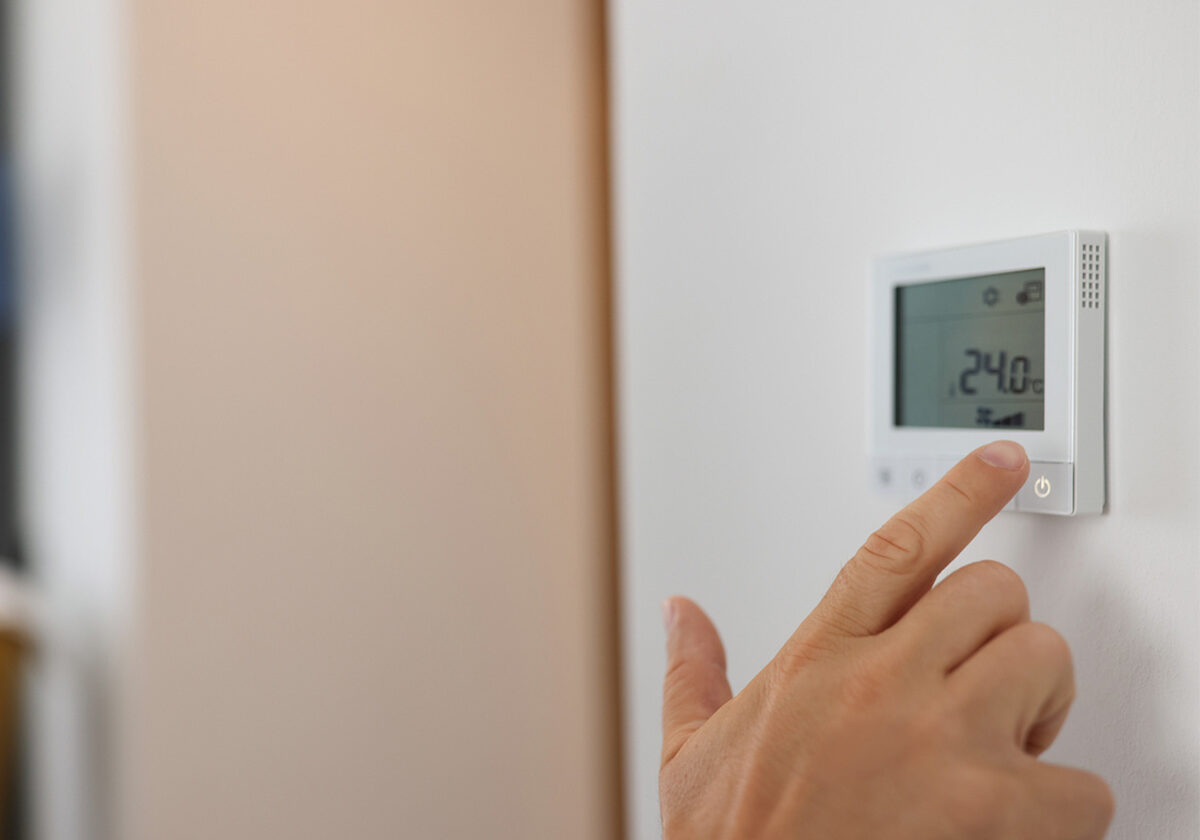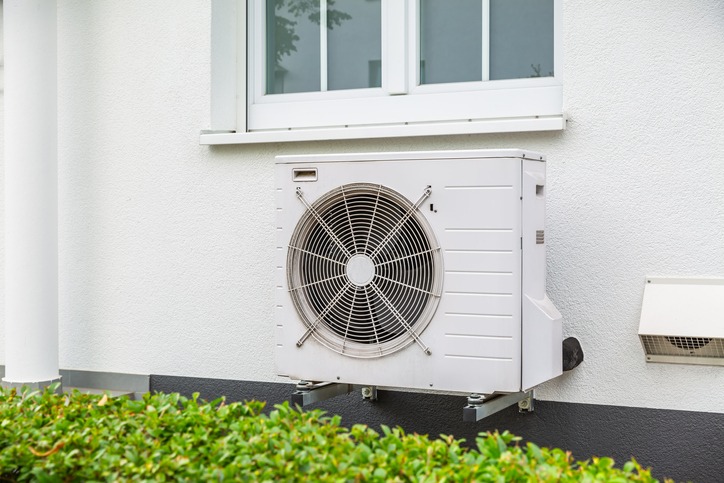Air source heat pumps are an eco-friendly and cost-effective alternative to traditional heating systems, such as gas boilers. They use the natural warmth in the air to heat and cool your home, helping you reduce your carbon footprint and keep your energy bills down. However, they work differently to traditional heating systems. Below, we've explained why these systems can take time to heat up your home and given some tips to help you stay comfy all year round.
How do air source heat pumps work?
Air source heat pumps work a bit like an inside-out fridge, they use the natural warmth in the air to keep your home warm. Air source heat pumps contain a refrigerant gas, which is a liquid that acts like a heat sponge soaking up the warmth in the air.
Heat is taken from the air outside, compressed and transferred to liquid. This, in turn, heats the rooms in your home via radiators and underfloor heating, using less electricity than traditional heating methods. This process works in temperatures as low as -15°C, making air source heat pumps resilient and eco-friendly choice for home heating.
How to use your air source heat pump for optimal temperature control
One of the main differences between air source heat pumps and regular heaters is that they can take much longer to heat your property. Air source heat pumps also use up the most amount of energy when they're set to increase the temperature of a home by more than a few degrees.
This is why it's best to leave air source heat pumps on all the time at a consistent temperature, as opposed to a gas boiler heating system you might switch on and off throughout the day. Leaving your air source heat pump on constantly to regulate the temperature in your home is the most energy-efficient and cost-effective way to run it, and will help you stay comfortable year-round.
If you prefer a cooler house at certain times of the day, for example at night-time, programme the unit to reduce the temperature by a couple of degrees. Similarly, if you're going away on holiday, you can leave the air source heat pump in holiday mode rather than switching it off. Do not programme large reductions in temperature or switch the unit off as it will not be cost-effective and will take a long time for the unit to heat itself back up again.
Remember these top tips:
To make the most of your air source heat pump and stay comfortable year-round, remember these tips:
- Keep it on: It's best to leave your air source heat pump on, even when you're not at home. This allows the system to maintain a consistent temperature and reduces the warm-up time when you return.
- Make small temperature changes: When changing the temperature or programming a temperature change, do so by a degree or two at a time. To increase the temperature setting, increase by a degree or two each day until you reach your desired comfort level.
- Change with the seasons: As the seasons change, it's important to adjust your air source heat pump settings for optimal comfort, increasing the temperature in winter and lowering it in summer.
By keeping your air source heat pump system running consistently and making gradual temperature adjustments throughout the year, you can enjoy a comfortable living space year-round.






